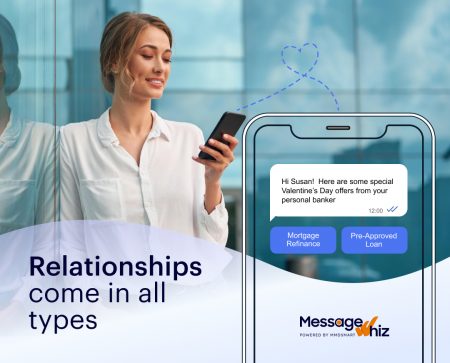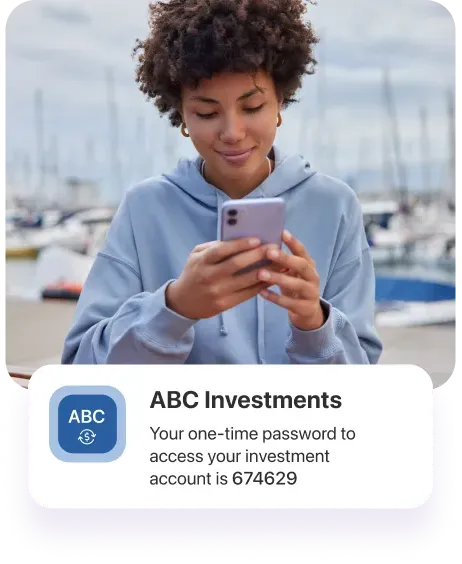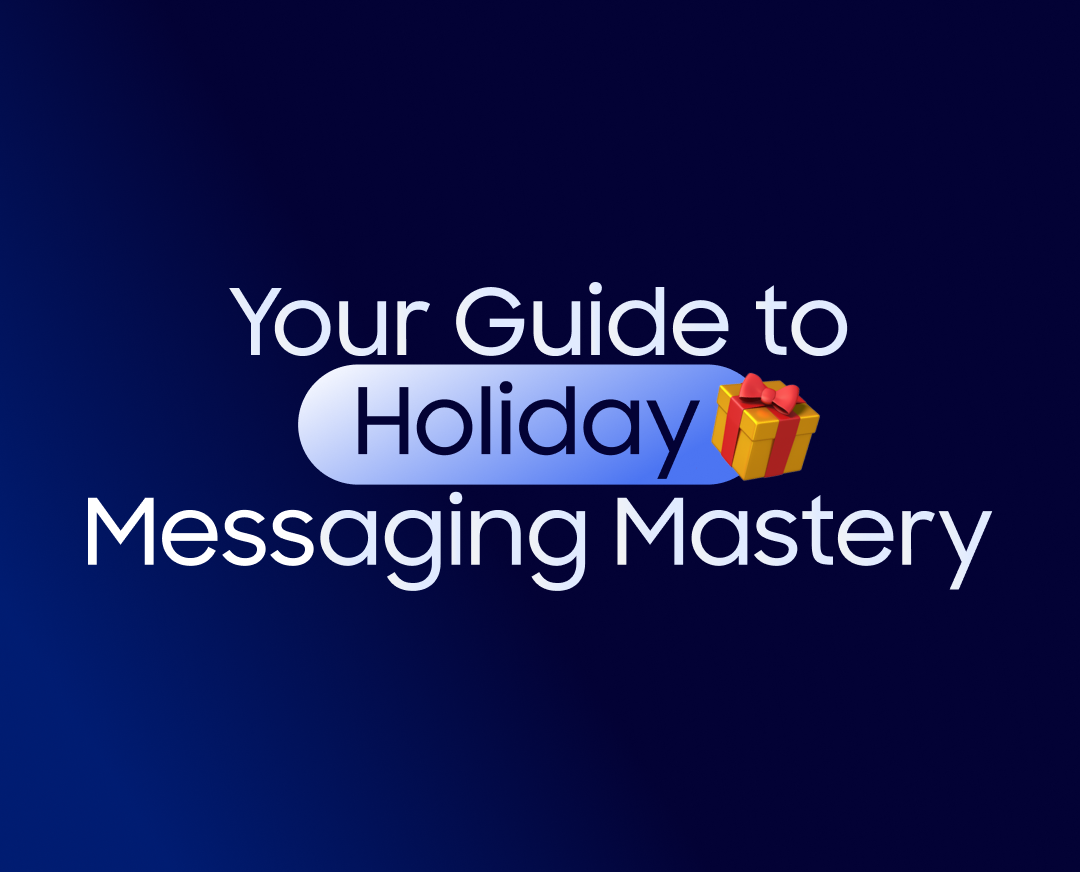Later this month, Ira Cohen is heading to Barcelona for the Mobile World Congress for the 21st time. We caught up with Ira to get his thoughts on the upcoming event and some trends in messaging.
MessageWhiz Blog: The 2020 and 2021 MWCs were canceled, and last year’s MWC was significantly smaller than the last full event in 2019. What can we expect from MWC 2023?
Ira Cohen: The mobile industry has changed a lot over the past last three years so I think this year’s event will be different than we saw pre-COVID. It’ll be interesting to see how the mobile world is transforming in the post-COVID world. Will there be less glitz, but more reality?
In terms of this industry, specifically for our business, CPaaS is the primary messaging channel for the coming years. We’re fortunate that we’re one of 100 telecom companies in the world that can offer CPaaS which has put us in a unique position as there are many other CPaaS companies that don’t have a telecommunications base, whether those are CRM companies, email companies, or engagement platforms. For us, it will be important to see how the communication-based offerings stand up against the other types of CPaaS offerings in the marketplace.
MW: What are some of the new ways companies are using messaging today?
IC: We’ve had a lot of changes over the last couple of years. Companies have found that messaging works best for contextual short form communications. They continue to use email for other, more wordy or long-form types of communications.
And they’re using SMS and other types of messaging apps for messages that offer immediate gratification. We are seeing event notifications, reservation bookings, meeting confirmations, and appointment confirmations. These are the types of things that people need to know contextually when they’re mobile, when they’re not sitting in front of their computer.
We’re also seeing a lot more e-commerce going directly from the handset and all of the associated messaging that goes along with the e-commerce relationship. I think this past year, retail buying, specifically on the mobile channel, reached its highest levels ever and that growth is in large part due to the conversation that happens via messaging on the handset.
MW: What are some mistakes that people make in their messaging campaigns?
IC: That’s a great question. The most common mistake that we see is campaigns are sent without being contextually correct for the recipient. Take me, for example. I buy men’s clothing online, so companies shouldn’t be sending campaigns to me that are targeted at young female consumers. Companies need to try and make sure that the campaigns are targeted properly, sent specifically to the right person, and in the right context. It should be at the right time of the day, when you’re going to get the right responses or people are available to look at the message being sent.
Companies also need to keep it brief. They have a couple of milliseconds to get people’s attention and the message. Make sure that the opening of the message gets them hooked and draws them in.
Businesses should be prepared for the sequence of responses that they are going to get from the customer. One of the greatest frustrations I have using website chatbots is they ask me a question to which I immediately respond, and then I must wait for three minutes for their response. We want a real time continuous dialogue. Companies should have answers to the questions that consumers will have about the product, service, or event prepared in advance so that when the customer asks, they can come back to them quickly.
We’re also seeing a lot of messages that just aren’t written properly. If you’re sending out a verification code, the code should be right at the top. Oftentimes, though, you get a long message with the five or six-digit code after a long message.
Find the tone that works for your company and use it across all of your messaging. If your tone is serious and very businesslike, carry that through your messaging. If you’re an entertainment company or consumer experience company, then use the proper tone with them.
One last mistake is that companies aren’t really using A/B testing, which is built into our platform, to analyze the best performing version of their messaging. They should be sending out messages to two or three smaller subsets, instead of sending their messages to 200,000 users without any preliminary testing.
MW: What are some of the most important messaging use cases for a large enterprise?
For large businesses, the two main use cases are going to be the different types of notifications, whether it’s verification or authorization, and service coordination, upselling or promotional SMS messages to their opted-in database. Some enterprises are using advanced tools to create personas for each customer enabling more personalized communications.
MW: What are some of the most important messaging use cases for SMBs?
For smaller companies, it’ll also be more authorizations and verifications, but there will be a lot more lead-gen types of campaigns, as they are trying to get more customers. The one advantage that small companies have is they may have a better relationship with their customer. That allows them to do some better targeting.
You can schedule a meeting with Ira in Barcelona by clicking here. You can also catch him on a MEF Global Forum panel on the Status of Mobile Messaging on Monday, Feb 27 at 9 AM CET at CASA LLOTJA DE MAR. He’s also participating in a closed-door session of experts focusing on reaching an industry consensus to combat messaging fraud, “Stopping Smishing and Spoofing: A Pro-Active Industry Solution.”





























